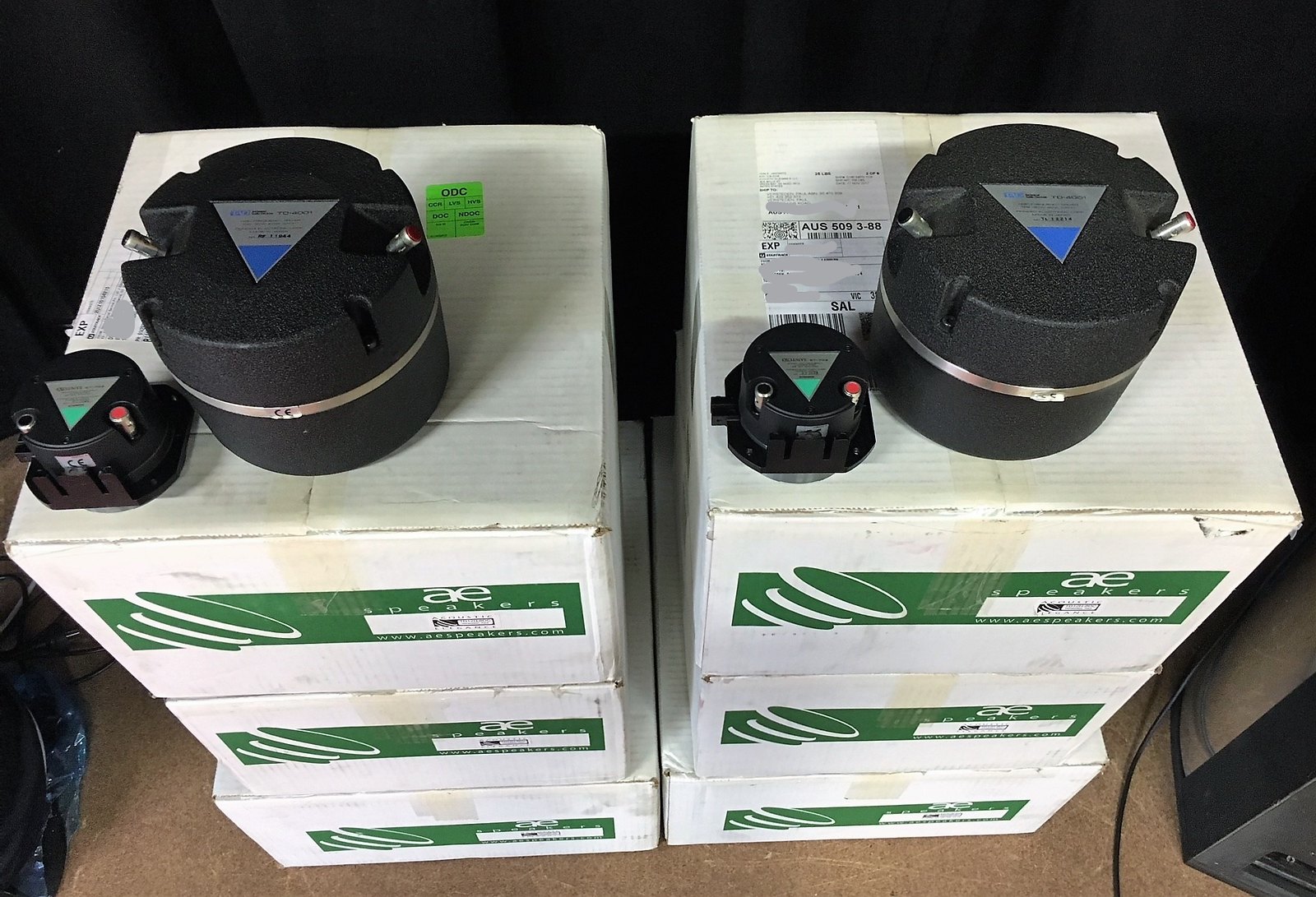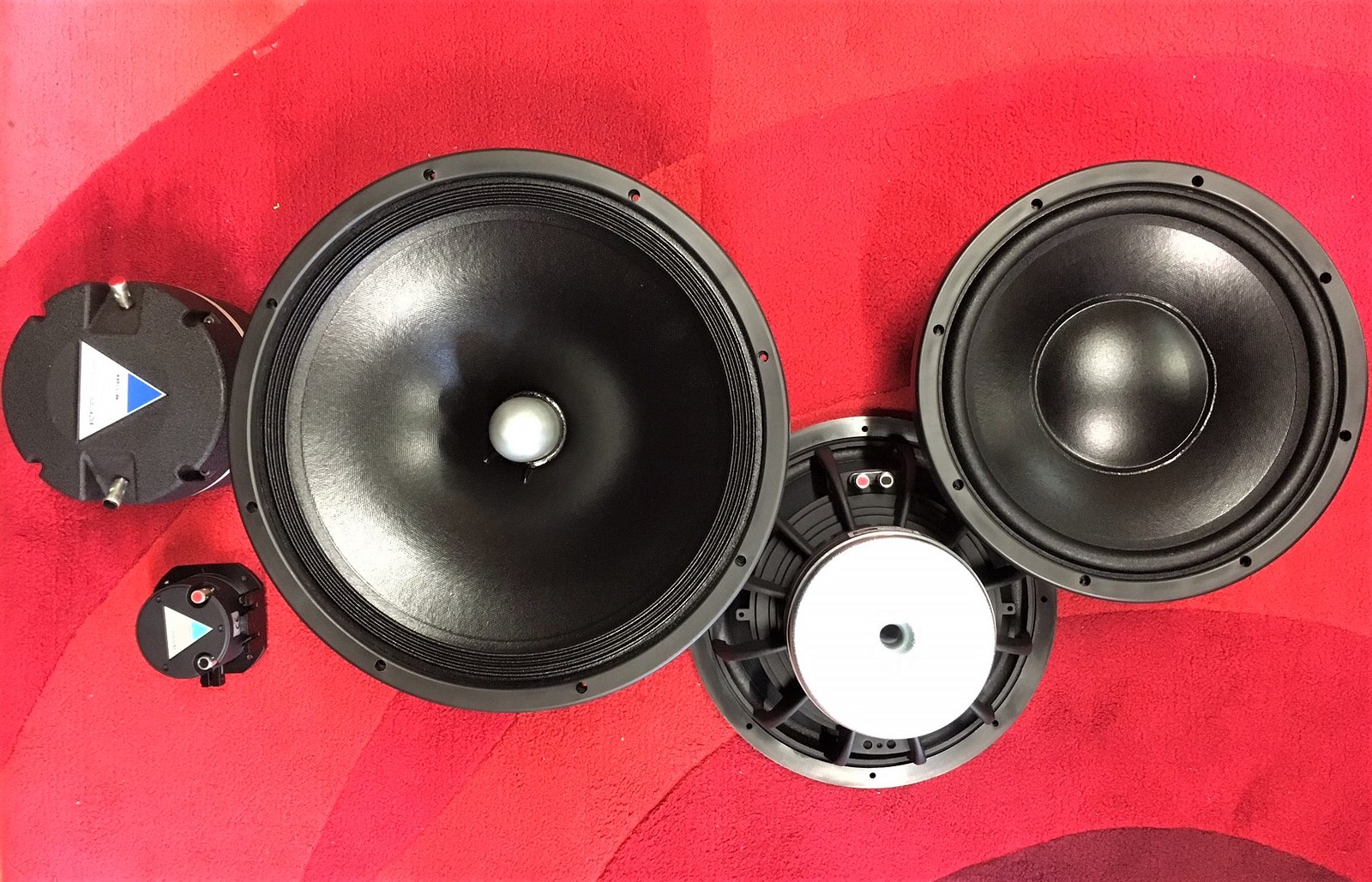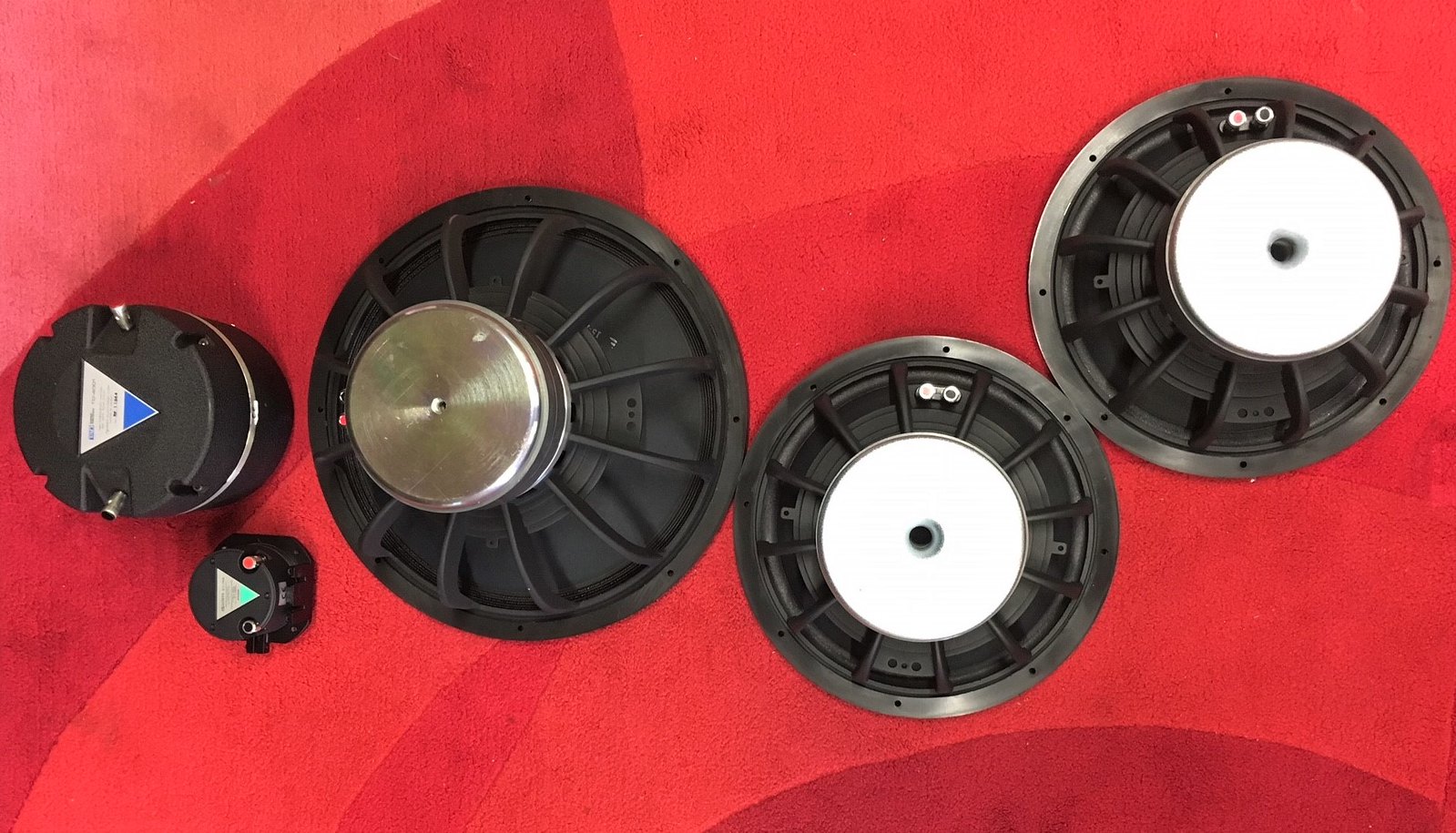My first set of speakers were purchased at the ripe old age of 12 after saving months of paper round money. You could say I was bitten by a love of music and audio quite early, influenced as I was by my father’s audio system purchased with the windfall from a horse bet! Since that time I have been fortunate to own a varied and eclectic range of speakers in the pursuit of my audio nirvana over the last three decades. Everything from stacked active Quad ESL57’s, Tannoy D700’s, a TAD based 2-way system, Magneplanar IIb, Equinox Jupiters, VAF I-93 and most recently, ADAM Alpha 5-way actives. I have been fortunate to live with speakers of a wide range of characteristics and capabilities and heard many other systems in between, and so have developed a rather discerning ear as a result.
In 2006 I was fortunate to meet and spend an evening with a legend of the Australian Audio Industry, John Burnett of Lenard Audio. I sat quietly in Johns garden shed in awe at the sound of his 4-way active Sarabandes. The power, the immediacy, and realism was something that totally belied their humble looks and relative cost. I knew I was in the company of a true expert of audio design. Time spent reading Johns website and its education pages and learning about his various designs reaffirmed the impact the Sarabandes made on me that evening. This Experience inspired me in 2008, to build up a passive 2-way MTM system using TAD 1601a/4001, this gave me a real taste of what an endgame speaker was potentially capable of. The immediacy and realism that those 15" cones and a 4" compression driver could generate was exciting & intoxicating, but my meagre DIY skills were unable to address the many crossover related SQ issues that plagued the sound and so I eventually sold them on for something more conventional.
As I learnt more about Johns designs and his origins in valve amplifiers and high-efficiency systems and his schooling in classical audio science from the 60’s, back before marketing took precedence over SQ, I knew that I had to re-visit my unfinished business with high efficiency and TAD. Recently John and I discussed my requirements - superlative realism, uncompromising dynamic range and world class bass capability being three attributes I could not live with out. However, I wanted something that was relatively compact ie under 1.5m and 100kg as I wanted to live with these for decades to come. John told me about a design concept that he had been waiting to realise which had been bubbling away in the back of his mind for at least the last ten years that embodied the accumulation of his lifetime’s knowledge. A system that had the attributes I was seeking and the makings of being my endgame system which brings me to the point where I can finally step off the audio merry go round.
So, speakerless and determined to own a system approaching the very best, I have commissioned John to build me a 4-way active system based on this concept utilising TAD drivers and dubbed the Symphony. It will utilise 4 x 12" compound cavity loaded bass per side, TAD 1601a for mid bass, a TAD TD-4001 compression driver and the TAD ET-703 horn loaded tweeter. Amplification will be four channels of Johns hand built AB design with active crossovers. I was fortunate to hear an early prototype this last weekend whilst back in Australia and to state the SQ was astounding would barely be doing what I heard justice. I lack the vocabulary to describe the prototypes sound without slipping into the usual audio jargon but it goes without saying, I am super excited at the prospect of owning a system that is truly my endgame. The bass energy was huge and incredibly resolving, John explained that the Symphony bass system was equivalent to 2 x 15" drivers in a sealed 16 cuft box per side.
I will keep this thread updated as development work progresses but for now, here’s a few pics of the concept to date and some of Johns less WAF friendly work. All going to plan I will have these in time for Scalford, all going to plan.
Cheers,
Mondie
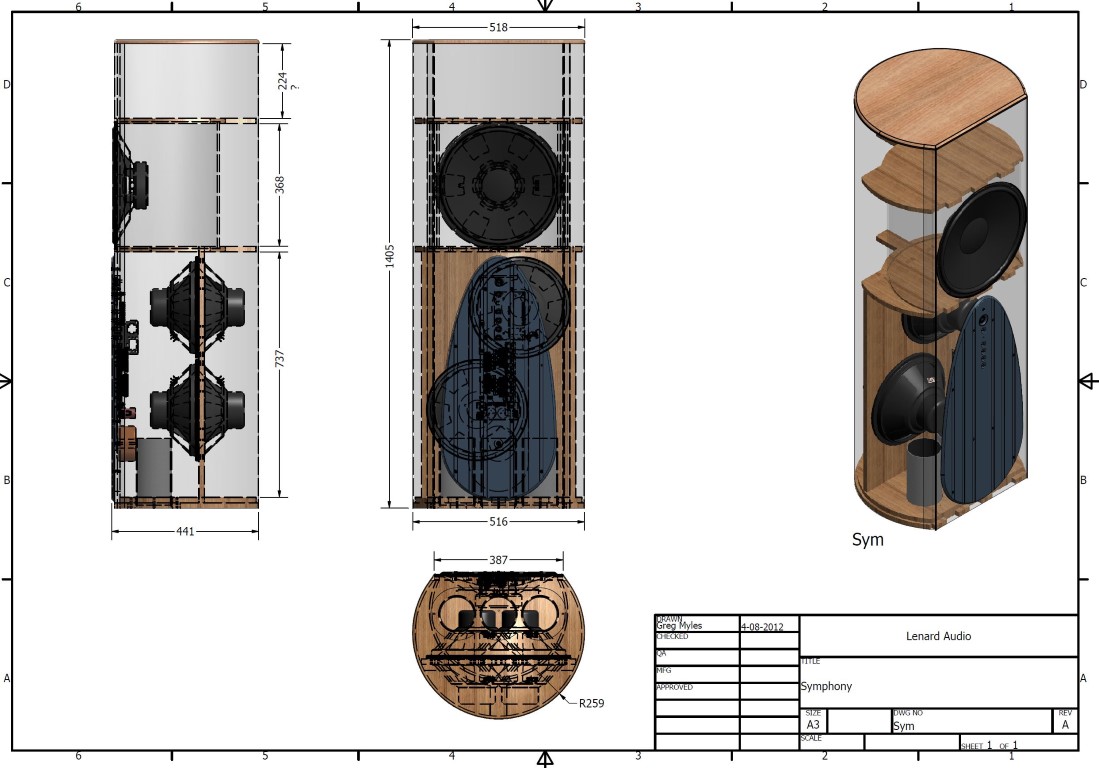
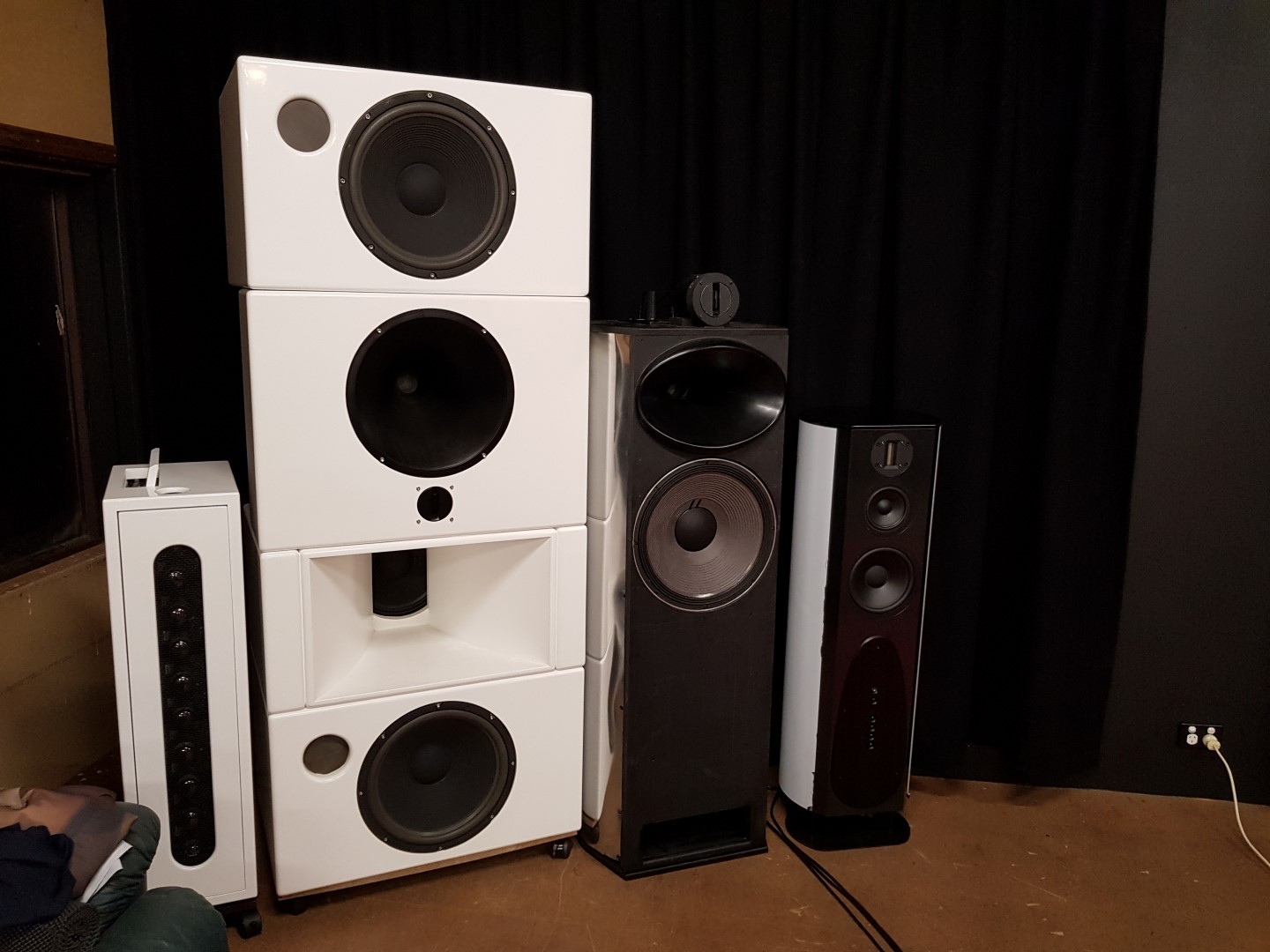
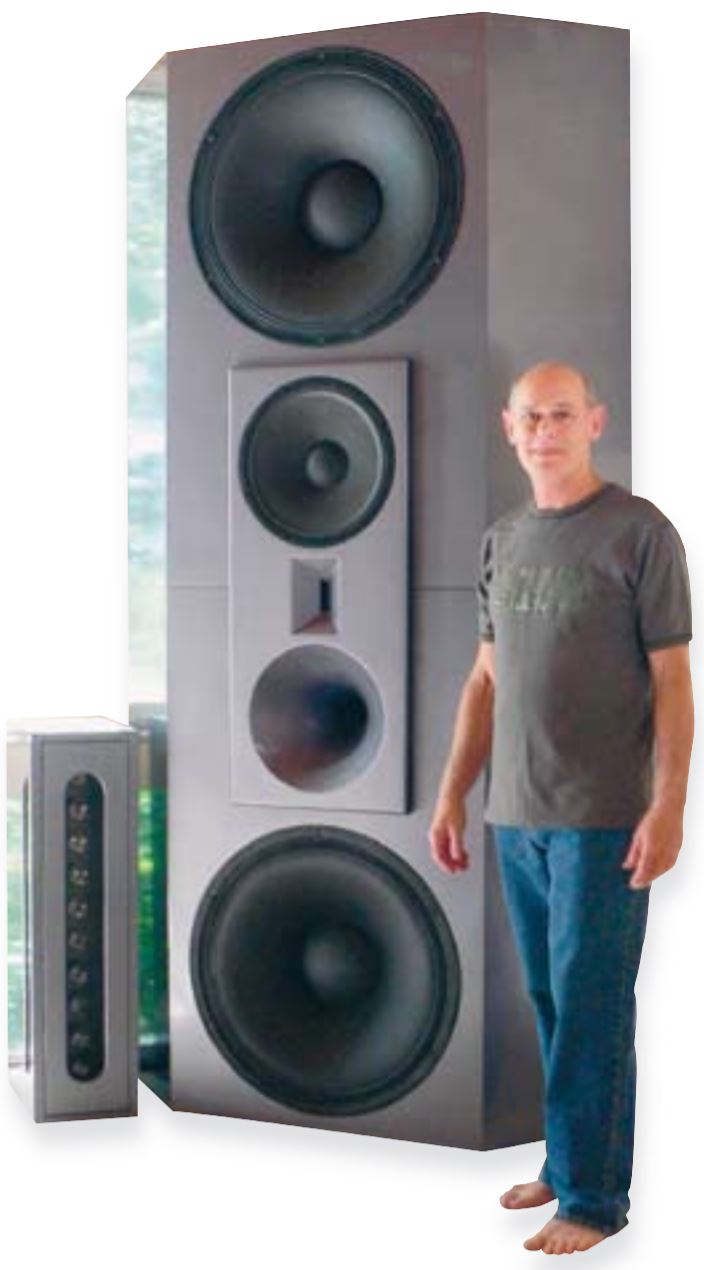

 On tweeter height, my previous ADAM speakers had the tweeter at about 1.3m, this makes no difference unless the tweeter has an odd dispersion/beaming problem IME. Too low is more of a potential issue than too high.
On tweeter height, my previous ADAM speakers had the tweeter at about 1.3m, this makes no difference unless the tweeter has an odd dispersion/beaming problem IME. Too low is more of a potential issue than too high.
 The skeleton of my pair is shown against the prototype I heard and I am happy to see the slightly reduced height and the funky foot incorporating the port for the compound bass. Coming up with an idea on the finish and colour/s however is proving to be a minor headfuck for unartistic me!
The skeleton of my pair is shown against the prototype I heard and I am happy to see the slightly reduced height and the funky foot incorporating the port for the compound bass. Coming up with an idea on the finish and colour/s however is proving to be a minor headfuck for unartistic me!
